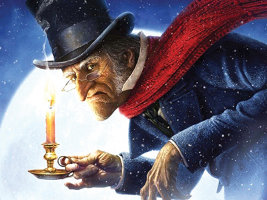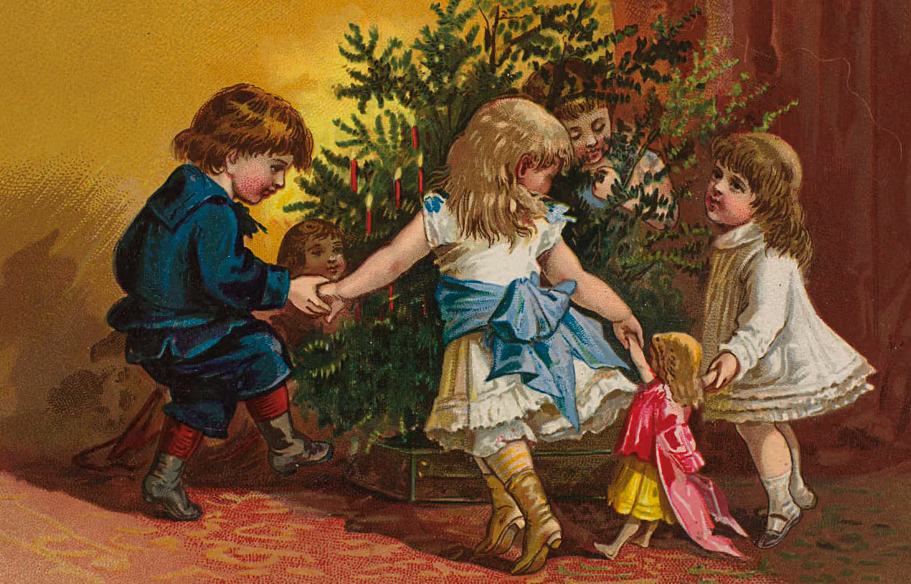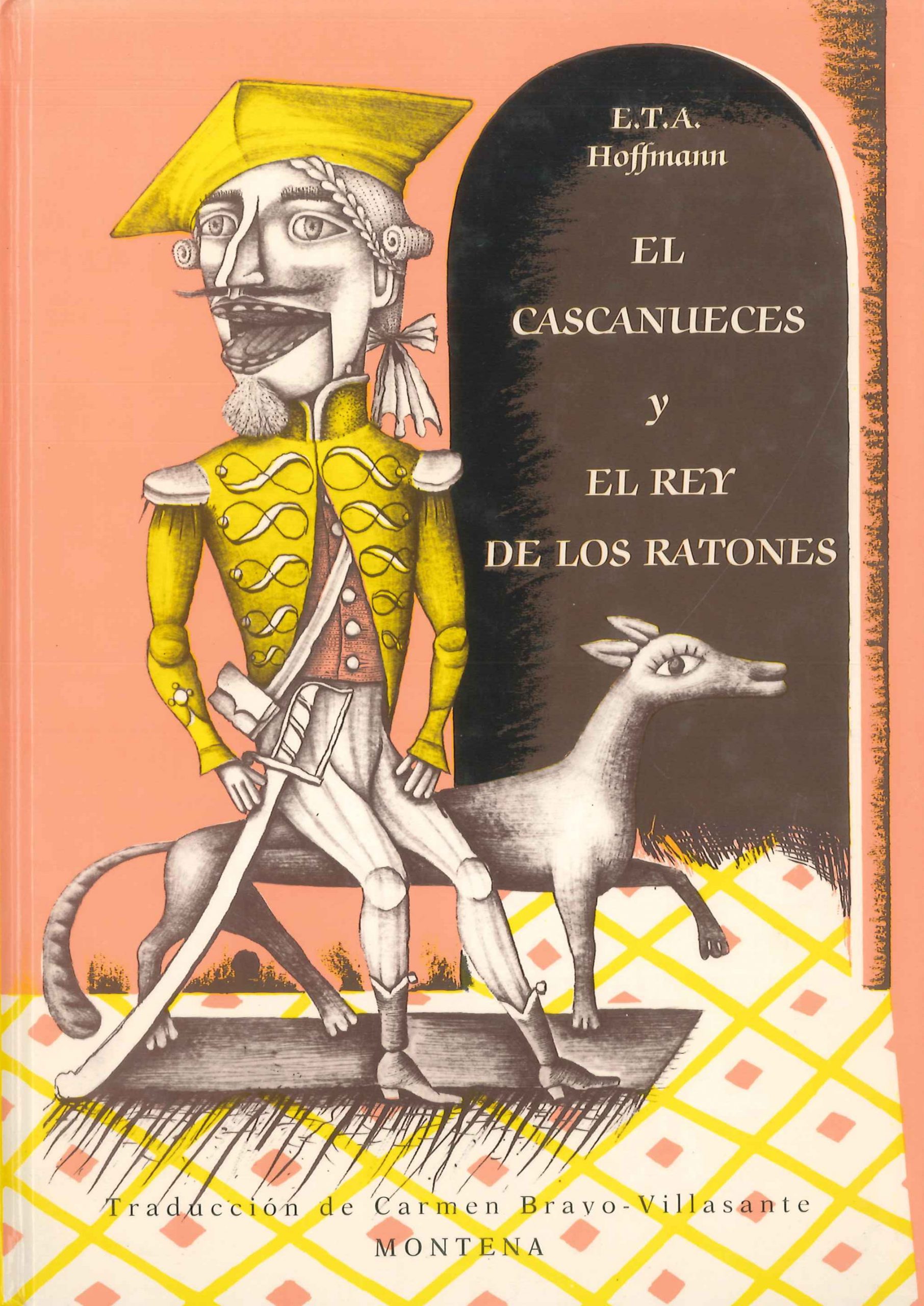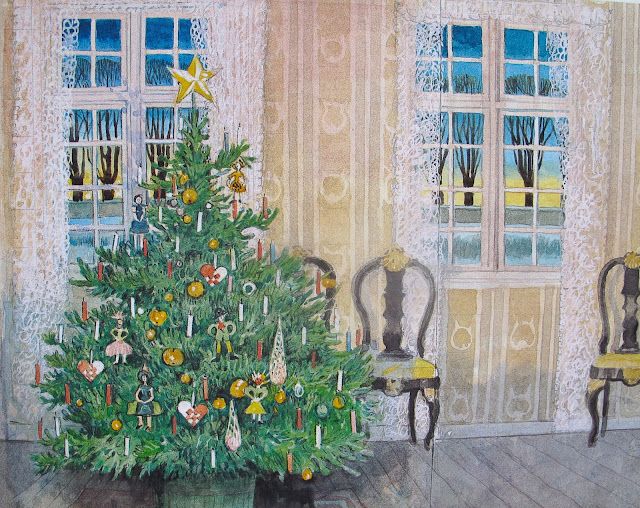The holiday season brings not only festive lights and carols, but also timeless stories. These classic tales offer more to the HR world than you might imagine! They’re filled with powerful lessons on leadership, empathy, and teamwork. Here are four key insights you can apply to your organization. And if you’re more into movies than books, check out
5 HR lessons from five Christmas movies.
1. A Christmas Carol by Charles Dickens

We often think of the Grinch when someone dislikes Christmas, but what about Scrooge? Ebenezer Scrooge is a miserly, distrustful, and exploitative old man.
Dickens’ A Christmas Carol is much more than a festive tale. It’s a powerful metaphor for transformation, empathy, and leadership, with direct applications to HR. Scrooge, the bitter and detached businessman, discovers the value of people and human connections after visits from his former business partner Jacob Marley's ghost and the spirits of Christmas.
Scrooge exemplifies a leader disconnected from their team—indifferent to their needs and emotional well-being. His treatment of Bob Cratchit reflects a toxic workplace culture characterized by apathy and a lack of motivation. However, after seeing the impact of his behavior, Scrooge realizes that his business cannot thrive without valuing and caring for his people… Sounds familiar?
Employee well-being is essential. Empathy, recognition, and genuine concern for employee needs aren’t luxuries—they’re effective leadership strategies. When people feel valued and heard, their engagement and productivity improve. A positive work environment starts with empathetic leadership!
2. A Christmas Tree and a Wedding by Fiódor Dostoyevski

Though brief, this story delivers a powerful message about inequality, favoritism, and how one’s environment can influence decisions and personal growth. Through a Christmas celebration and a subsequent wedding, Dostoevsky prompts us to reflect on the impact of fair leadership and organizational culture.
In the story, the wealthiest and most powerful guests at a party receive all the attention and privileges, while less fortunate individuals are ignored. The protagonist, an ambitious man, focuses solely on what benefits him personally, disregarding the capabilities and merits of others.
Organizations driven by favoritism, inequity, and self-interest risk demotivating their teams and fostering a toxic culture. It’s crucial to value each person’s contributions above personal preferences. Recognition and opportunities should be based on achievements and competencies. This approach promotes equal opportunities and a thriving workplace.
Does your organization provide equitable growth opportunities, or are some talents being overlooked—like in Dostoevsky’s holiday gathering?
3. The Nutcracker and the Mouse King by E.T.A. Hoffman

When Clara receives a modest nutcracker as a gift, she doesn’t anticipate the magical adventure awaiting her. In this story, the nutcracker is underestimated because of its appearance. Yet, when an army led by the Mouse King invades, the nutcracker reveals itself to be a courageous and strategic leader with hidden talents. Clara, who sees beyond appearances, trusts its potential, leading to an unexpected victory.
In organizations, it’s easy to overlook hidden potential in employees due to biases or focusing only on visible skills. As HR professionals and leaders, it’s our role to see beyond appearances and current roles. Leadership, creativity, and innovation often reside in individuals who haven’t yet had the chance to showcase them.
Have you conducted an assessment of employee potential or used tools like a 9-box grid? Support your team’s “nutcrackers” by offering growth opportunities. Sometimes, your organization’s hidden heroes are just waiting for their moment to shine.
4. The Fir Treee by Hans Christian Andersen

Hans Christian Andersen’s The Fir Tree tells the story of a young tree in a Danish forest, eager to grow and achieve a grand future. However, in its haste to move forward, the tree never enjoys the present. It constantly longs for what’s next, failing to appreciate its current stage until it’s too late.
Sound familiar? This happens often in the workplace when employees are so focused on reaching the next promotion or milestone that they overlook their current achievements. Like the fir tree, we risk missing opportunities for growth, learning, and satisfaction by always looking ahead.
Do you know what happens to the young fir tree? It’s cut down and decorated for Christmas. Only then does it realize how happy it was in the forest—but it’s too late.
What can HR take from this story? Foster a culture where employees appreciate their professional journey, not just the destination. Celebrate current achievements, no matter how small, and encourage balance and well-being at every career stage. A team that values the present will be more engaged and fulfilled.
What about you? Have you found other HR lessons in Christmas stories?